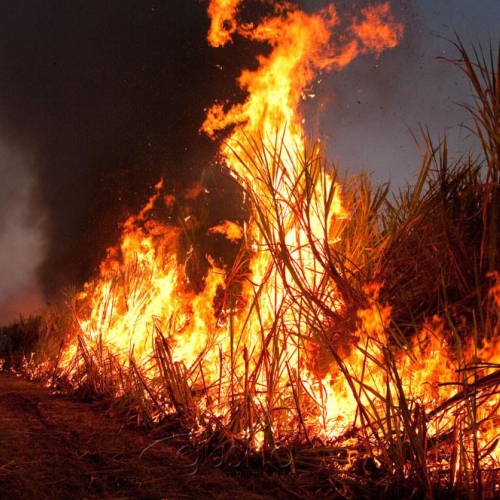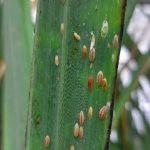Lucknow: Commissioner, Cane & Sugar shri Sanjay R. Bhoosreddy said, that burning of crop residue is a legal offense and provision has been made to impose penalty for burning stubble and crop residue. At present, pollution has become a terrible problem, which is having a bad effect on agricultural production as well as human life. It is very important to control it at various levels, so that its catastrophe can be avoided.
Cane commissioner, told that not only environmental pollution is increased by the burning of dry sugarcane leaves, soil fertility is also affected. So if proper management is done instead of burning crop residues, the soil gets back nutrients through crop residue. Cane farmers can get higher yields and additional income by trash mulching in their fields, this will also prevent environmental pollution.
Giving information about the use of trash mulcher, the Cane Commissioner told that sugarcane leaves are converted into small pieces through the trash mulcher. This device is very useful for ratoon management. Mulching of leaves between two rows under ratoon management is of great benefit as it keeps the moisture of the field safe and reduces weeds. Dry leaves used for trash mulching turn into compost after some time. Nitrogen, phosphorus, potash and organic matter are found in abundance in these leaves, which increase the fertility of soil and help in weed control and water saving. He informed that instructions have been issued to set up Farm Machinery Bank to promote mechanization in cane farming. Under which arrangements have been made for trash mulcher and ratoon management device.
Giving information about the damage, caused by burning crop residues, Cane Commissioner, shri Bhoosreddy told that on burning of crop residue, 400 kg of beneficial carbon, nitrogen, phosphorus, potash and sulfur per acre are destroyed because of burning essential nutrients. When the field is set on fire, the soil of the field burns in the same way as the brick in brick kiln. Increasing the temperature of the farm destroys the beneficial organisms found in it such as Rhizobium, Azetobacter, Azospirillum, Blue Green Algae and PSB bacteria besides this beneficial fungi, trichoderma, organic insecticide, Viberia bassiana, Vasylus thirungenesis and Earthworms called farmers friends are also destroyed by fire. Air is polluted by the carbon produced by burning crop residues, which has a bad effect on humans and animals.
Comprehensive Directions have issued In this regard to the departmental officials that arrangement of trash mulcher in each sugar mill area should be ensured with the cooperation of the sugar mill and the department. Farmers should be made more and more aware for Trash Mulching as well as the use of Trash Mulching and Rattoon Management Device (RMD) should be encouraged. For this, farmers should be informed not to burn dry sugarcane leaves promoting through the seminar / farmers fair, pamphlets, daily newspapers, wall painting, Doordarshan etc.
To Listen to this News click on the play button.












